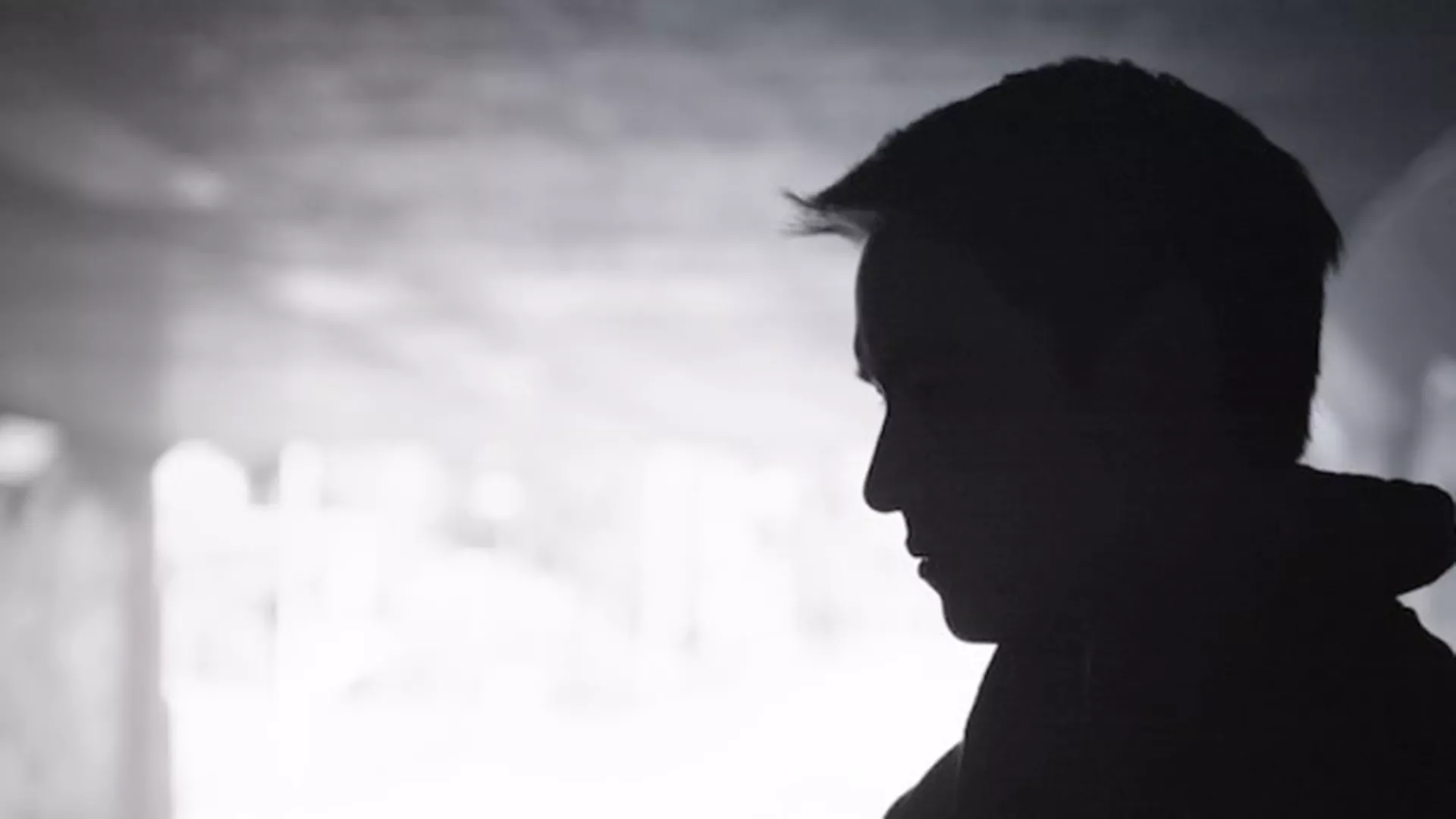Key Takeaways
- US Department of Education Secretary Cardona visited the school to learn how a community school is best positioned to handle mental health.
- New Mexico community schools have used American Rescue Plan funds to boost mental health services at a critical time
- Community schools bolster both emotional and physical health services and provide students and their families with a wide range of other support based on their needs.
U.S. Secretary of Education Miguel Cardona and U.S. Sen. Ben Ray Luján visited Santa Fe High School to recognize efforts by the NEA-backed community school program there that is helping to provide critical mental health support to a broader number of students.
The visit came as schools turned their attention to the emotional health of students in recognition of Mental Health Awareness month – and in the wake of the pandemic and its crushing effect on many young people’s sense of well-being.
The two met with students who told them that they believed emotional struggles were more concerning during the pandemic for young people than academics or learning loss, and required extra support to handle the disfunction, isolation and, especially, grief brought on by the pandemic.
"They suffered loss of family members and friends, and we need to make sure to reimagine our schools to be schools that offer social and emotional support, like we saw here today," Cardona said.
Mary Parr-Sanchez, president of NEA-New Mexico noted that Santa Fe schools have funneled federal funds from the Biden Administration’s American Rescue Plan into community school programs to boost mental health services at a critical time.
“In Santa Fe and statewide we have done a better job of meeting the emotional needs of students – especially since the pandemic hit,” she said. “The Community School program has been key in helping us identify and reach out to students who are struggling but also tap into the resources in the community that can support them.”
Parr-Sanchez said the Community School model, which has been endorsed and heavily supported in her state and throughout the country by NEA, has been adopted at many New Mexico schools and has proven successful in bolstering both emotional and physical health services and providing students and their families with a wide range of other support.
“One of the emotional issues that has been so difficult and often overlooked is just the grief many of our children feel,” she said, noting that data has shown in New Mexico that about 1,600 children lost a parent or caregiver to COVID-19, suffering one of the highest rates of loss in the nation. All schools should take note and provide grief counseling services with the federal funding.
“It is heartbreaking to witness the spike in mental health struggles among young people in the last few years” Luján told the students. “But I want students to know how inspired I am by your strength and courage – and that it’s okay to ask for help or reach out to someone who may be struggling,”
The community school initiative in Santa Fe, driven there and statewide by NEA and NEA-New Mexico in partnership with the New Mexico Public Education Department and Governor Michelle Lujan Grisham, began in 2019, and has received additional funding from the American Rescue Plan, the Biden administration’s response to the pandemic.
"Those dollars are translating to providing support for the programs we saw today. Being able to hire more counselors, more engagements, more mental-behavioral health support and more food programs," Luján told the Santa Fe New Mexican.
At Santa Fe High School, for instance, students have access to a Teen Health Center, which is part of the Presbyterian Medical Services' school-based health network. It places health care professionals in schools statewide through the community school program.
As in other parts of the country where NEA’s community school initiative has had an impact, in Santa Fe and statewide in New Mexico it has provided mental health support to many more students than had been possible in the past. The American School Counselors Association says the average caseload for school counselors in New Mexico is 442-1, nearly twice as large as what the association recommends.
Parr-Sanchez notes that the community school model is designed to look at the whole child and connect them and their schools to community student support services that so often don’t work collaboratively and are not fully accessed by schools.
A 2017 NEA Task Force on Community Schools recommended a position supporting the approach, including increasing awareness about the model and working with affiliates and partners to develop it nationwide. By 2020, affiliates in nearly 40 states were working to build community schools, backed by a $10 million NEA investment. The union was key in gaining some $70 million in federal support in 2021 and a doubling in federal funding for them the next year,
The NEA task force noted that the model generally follows six pillars of practice:
- Strong and proven curriculum (that is culturally and linguistically sustaining)
- High-quality teaching
- Inclusive leadership
- Positive behavior practices (like restorative justice/practice)
- Family and community partnerships
- Community support services
So, for instance, she said, it has provided resources and collaborative networks for restorative justice initiatives, programs to provide food to students and their families or academic supports, tapping into the community and making the school a resource and hub in the neighborhood. All types of needs heightened during the pandemic in a state where providing mental health services have been challenging.
“Students often come to the classroom with challenges that effect their ability to learn and reach their potential and community schools help provide the support needed to meet those needs,” she said. “Learning doesn’t happen in isolation, and this model focuses attention on what students truly need – whether it’s free healthy meals, health care, tutoring, mental health counseling, or other tailored services before, during and after school.”



